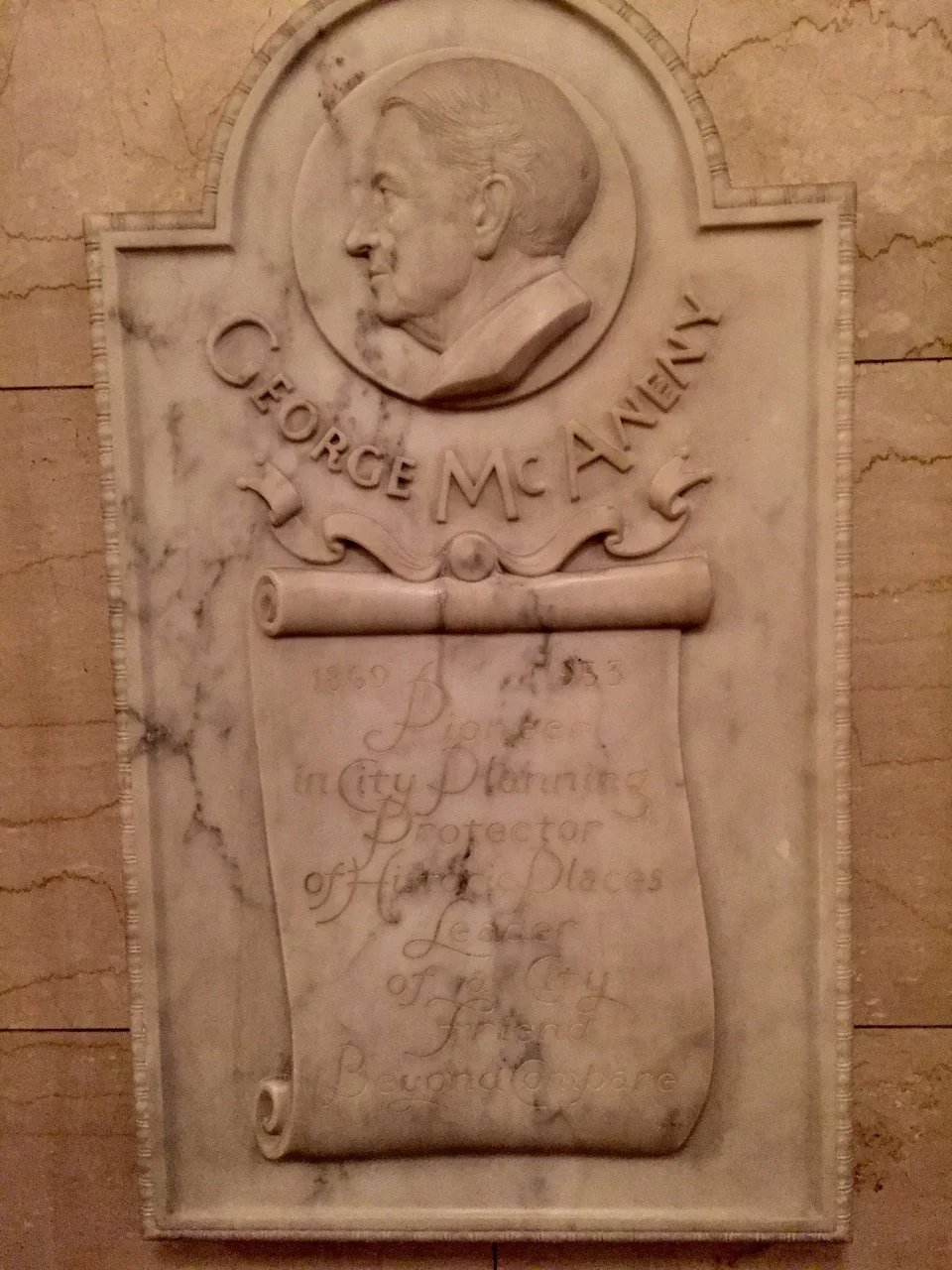The Decorated Tenement: How Immigrant Builders and Architects Transformed the Slum in the Gilded Age
Reviewed by Paul Ranogajec
Violette’s important book opens a new chapter on urban housing in architectural history and helps the reader understand a whole set of buildings—indeed, whole swathes of the cityscapes of both New York and Boston—that are prominently visible but often overlooked. Amplifying elite architects’ and reformers’ disdain for so-called tenement “skin-builders,” architectural historians have studied in detail bourgeois design but have paid much less attention to buildings built by and for the working class. The Decorated Tenement helps to correct the historical record, treating the immigrant-built tenement commensurate with its prominence in the two cities. It is a timely book for that, even if the author does not explicitly make the connection to today’s immigration debates.
Read More









